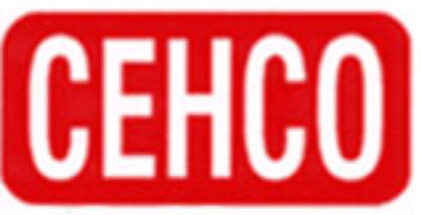A selenium rectifier is an early type of semiconductor device used for rectifying alternating current (AC) into direct current (DC). Unlike modern silicon diodes, which are much more efficient and widely used today, selenium rectifiers were made from selenium, a chemical element.
Here are some key characteristics and information about selenium rectifiers:
-
Material: Selenium rectifiers are made of the element selenium, which has semiconductor properties. Selenium is less efficient and more heat-prone than silicon, which is why it has largely been replaced by silicon diodes.
-
Rectification: Selenium rectifiers were used to convert AC voltage into DC voltage, similar to silicon diodes. They allow current to flow in one direction only, blocking the reverse current flow.
-
Construction: Selenium rectifiers were typically constructed as stacks of selenium wafers, with metal electrodes attached to them. The number of wafers and their size determined the voltage and current rating of the rectifier.
-
Advantages: Selenium rectifiers were used in the mid-20th century because they were relatively reliable and provided rectification in a time when silicon diodes were not as readily available or efficient. They could handle high voltage and current levels.
-
Disadvantages: Selenium rectifiers had several drawbacks, including:
- Inefficiency: They had a relatively high voltage drop, which resulted in power losses as heat.
- Slow response time: Selenium rectifiers were slow to switch on and off compared to modern silicon diodes.
- Limited lifespan: Over time, the selenium material could deteriorate, leading to reduced performance and eventual failure.
- Heat generation: They generated a significant amount of heat during operation, requiring cooling measures.
-
Replacement: As silicon diodes became more widely available and improved in performance, selenium rectifiers were largely replaced by silicon diodes. Silicon diodes offer higher efficiency, faster switching, longer lifespan, and better overall performance.
Today, selenium rectifiers are considered obsolete and are rarely used in modern electronics. Silicon diodes and other semiconductor devices have largely taken their place due to their superior characteristics and reliability.

